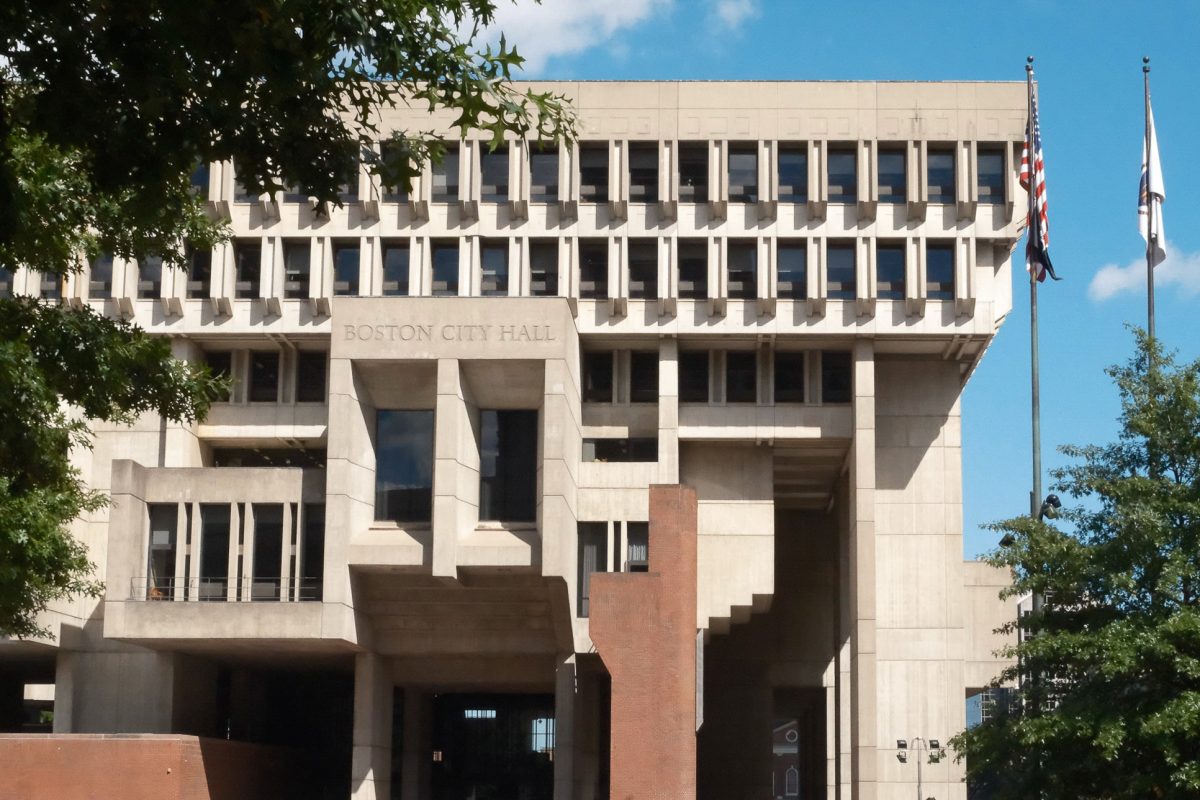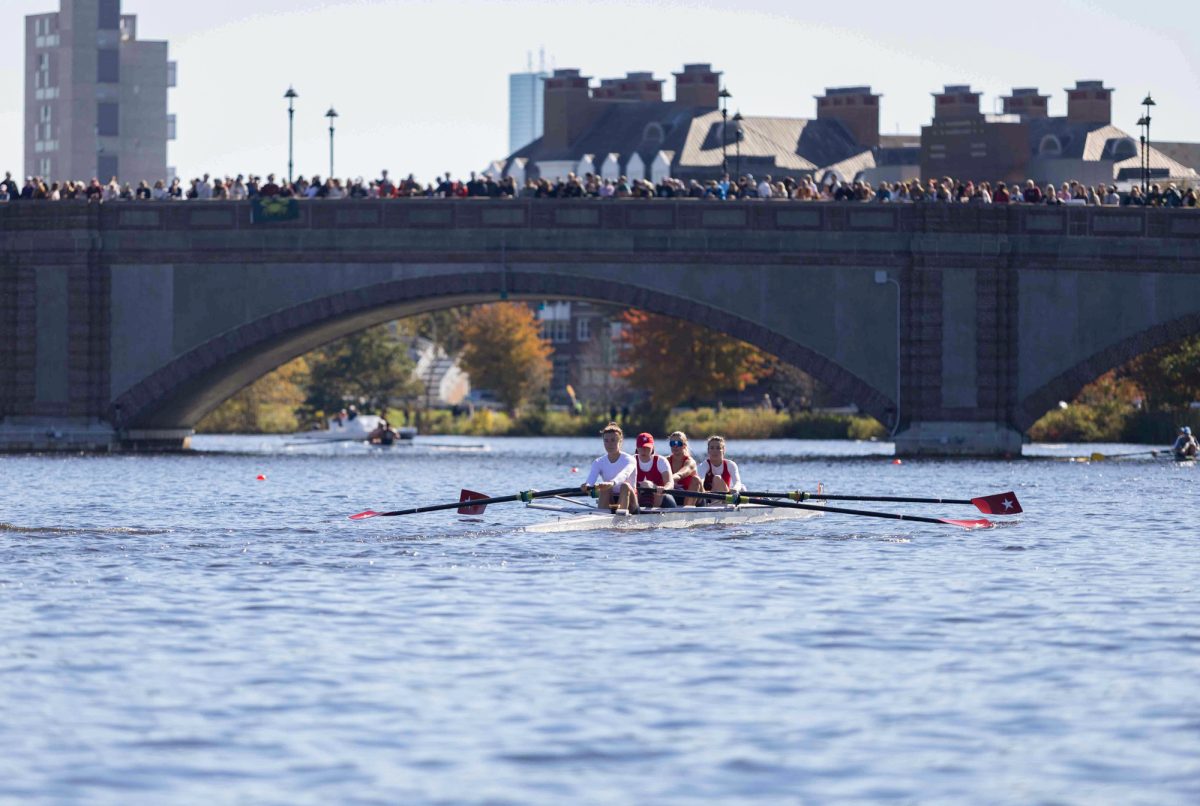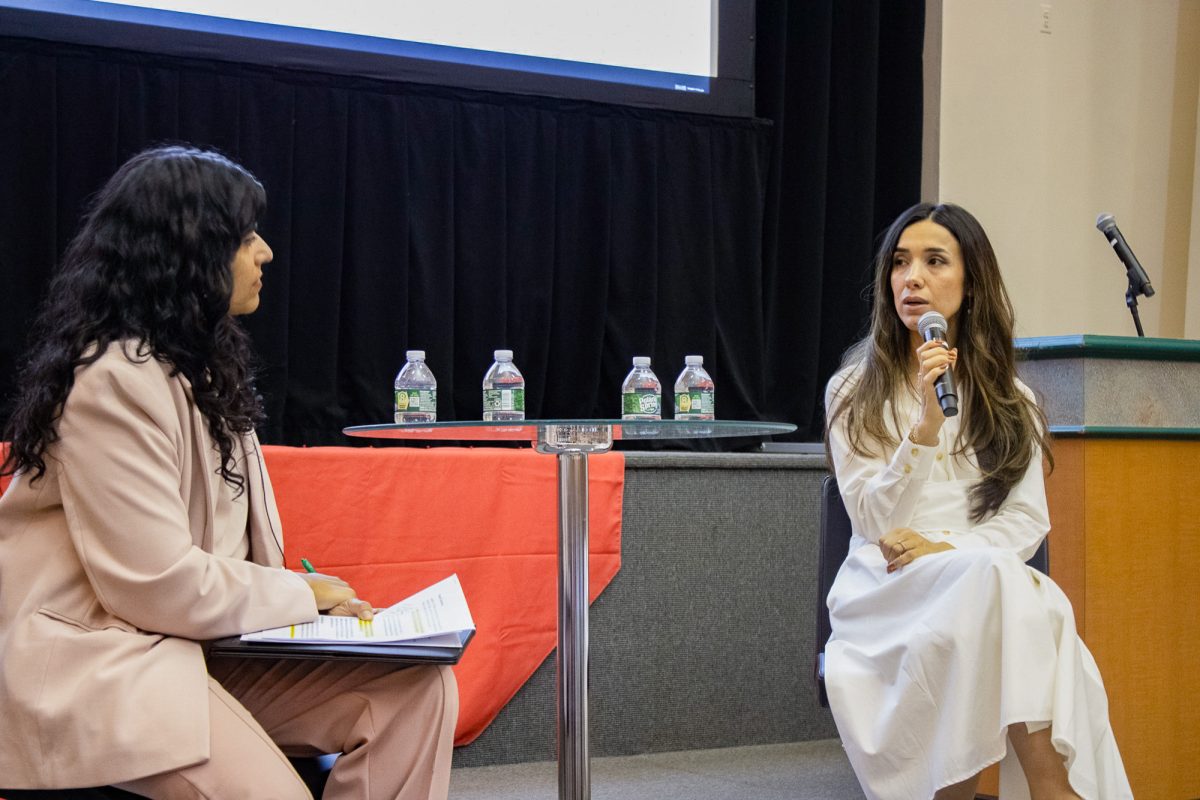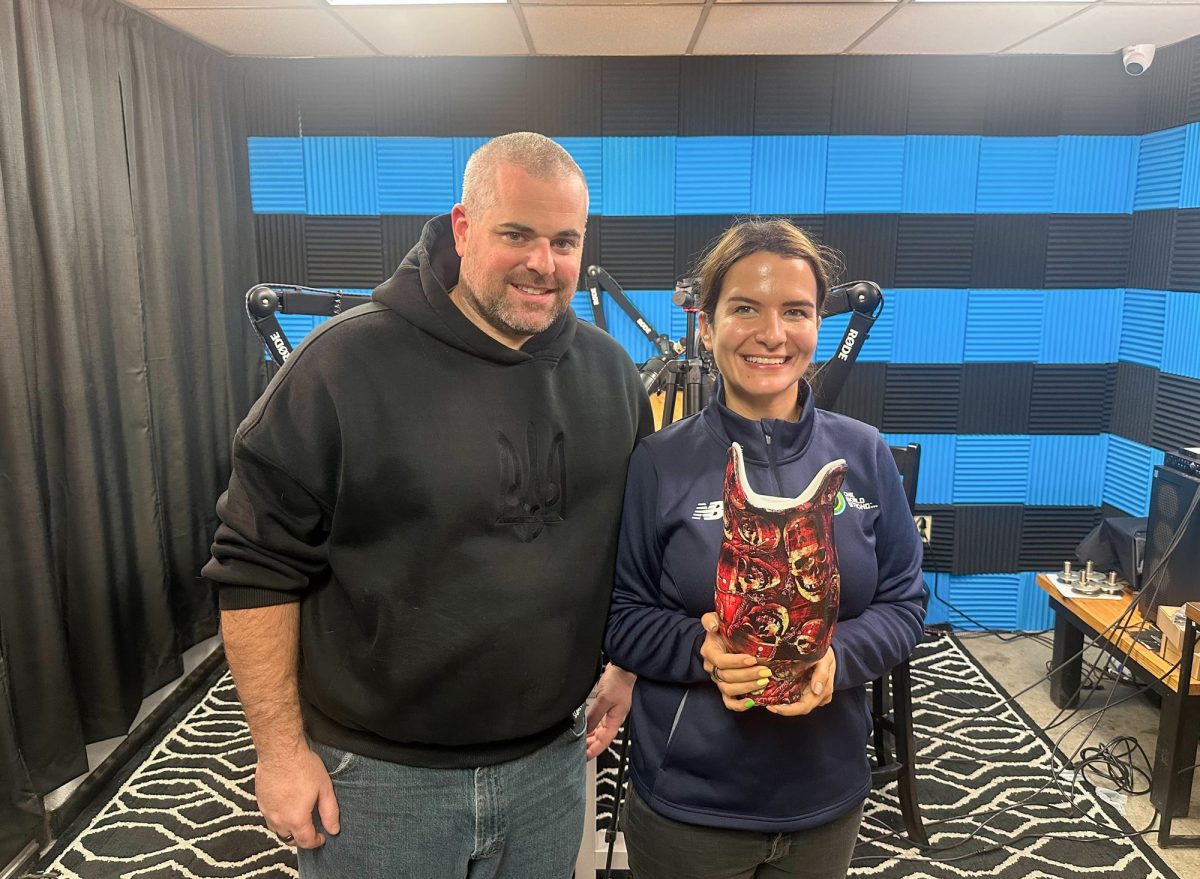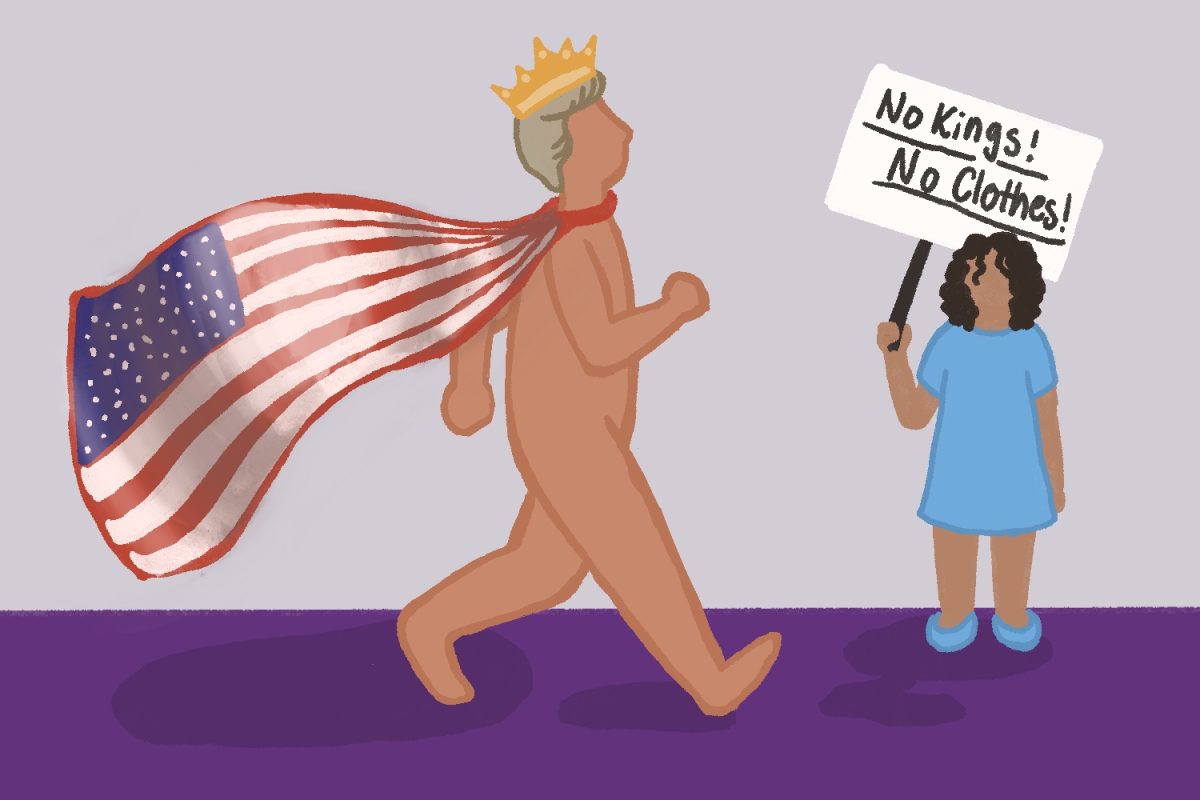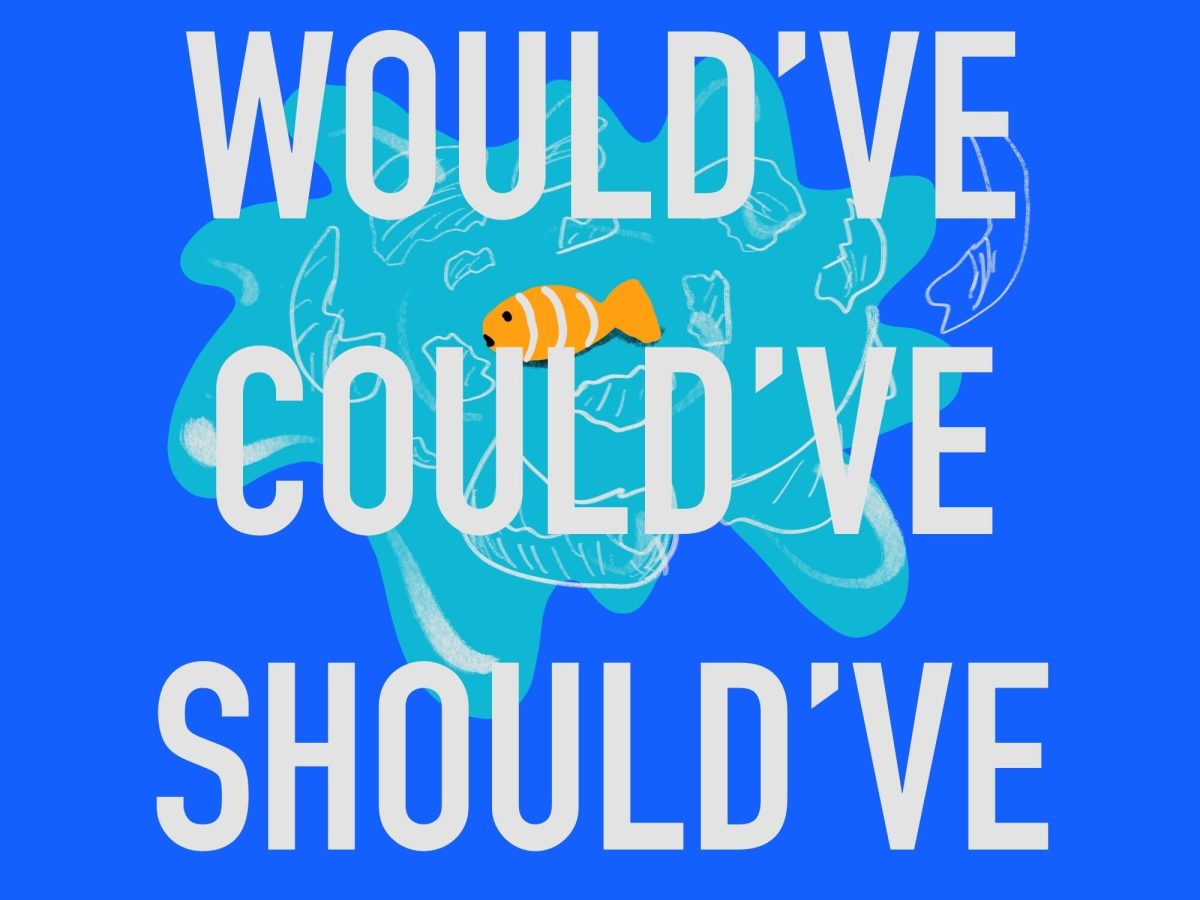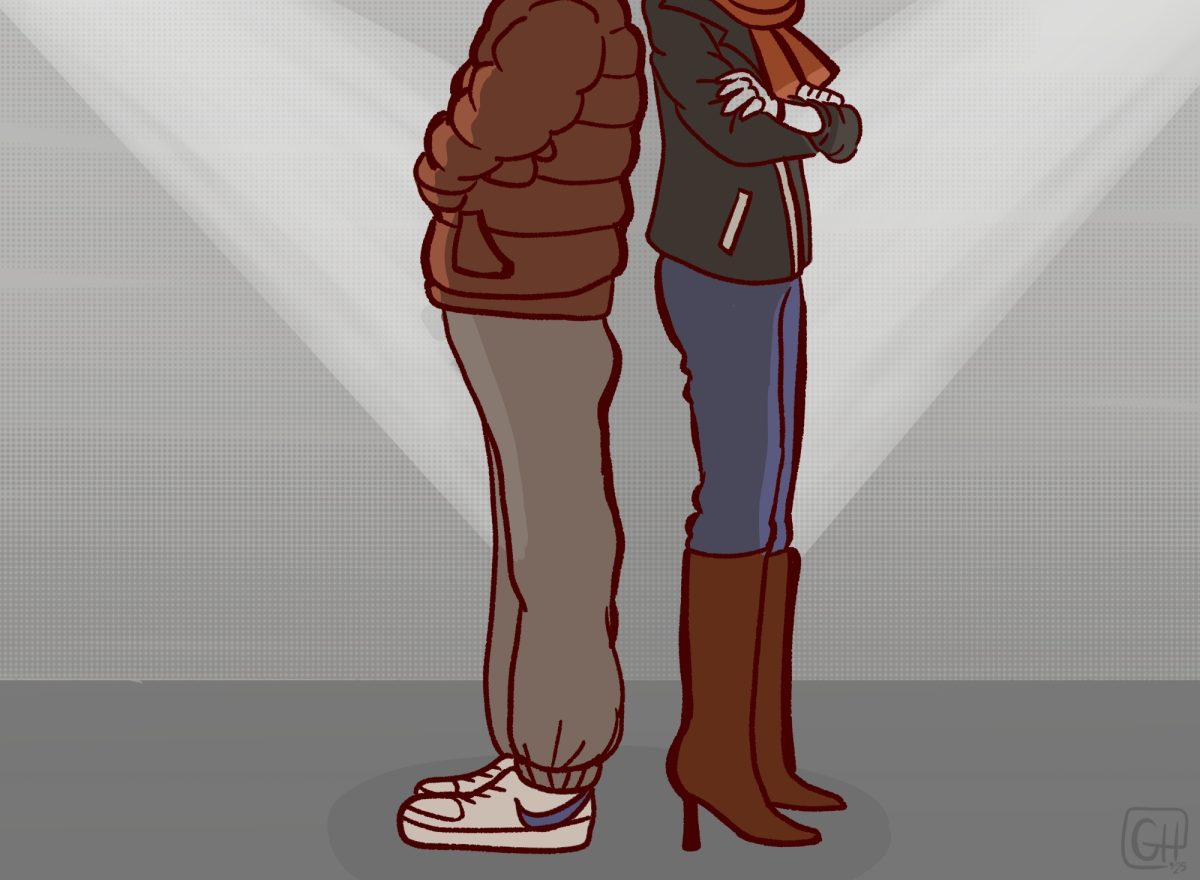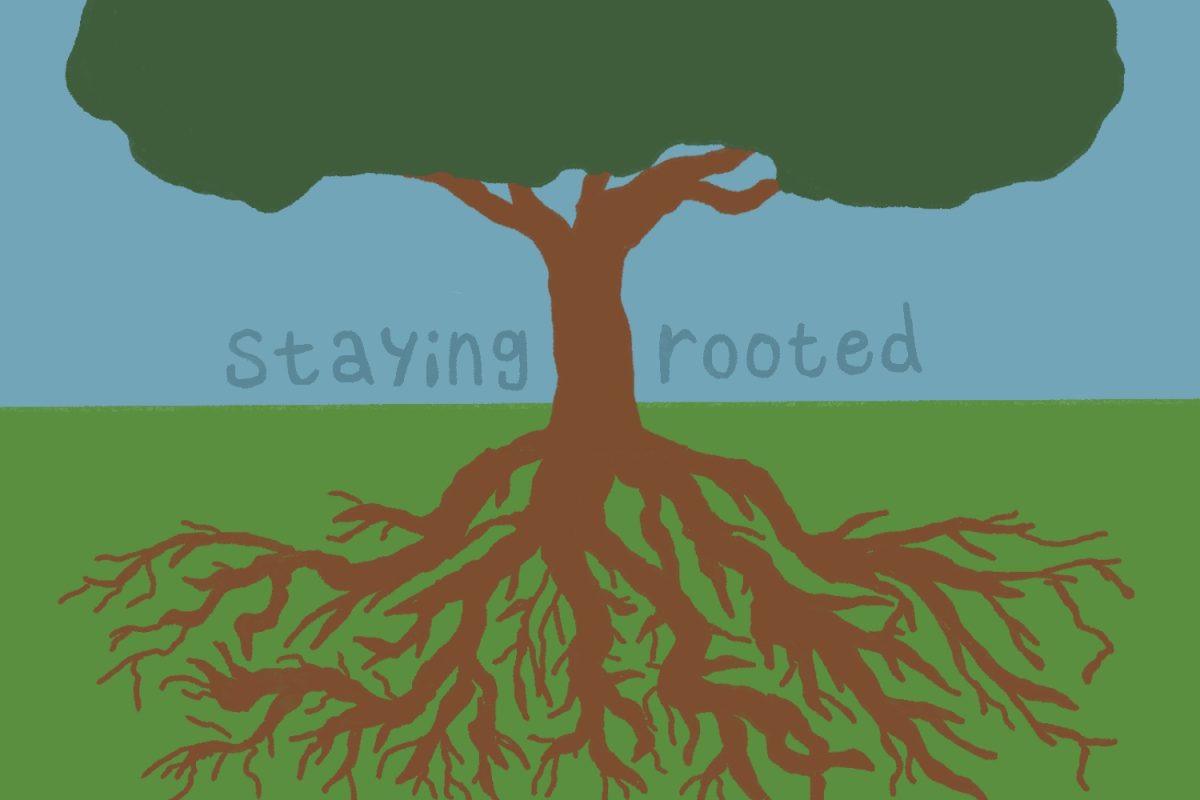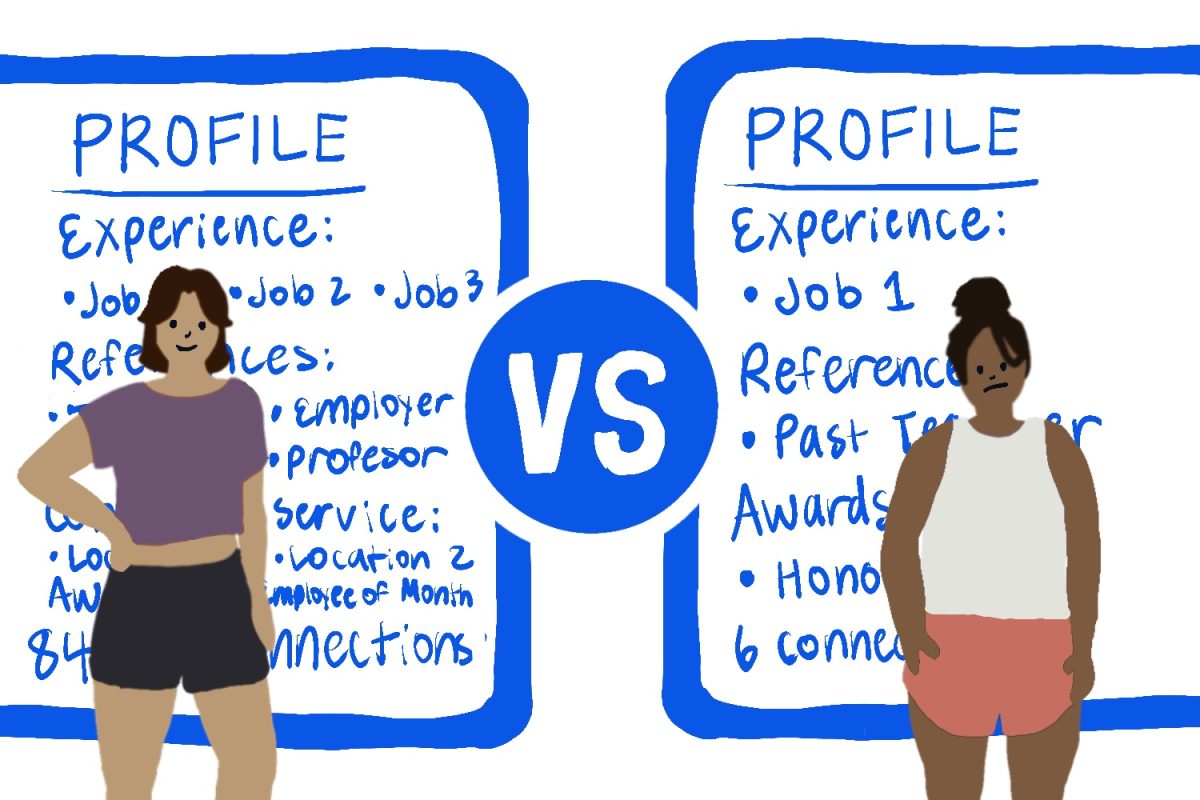Did you know that the first American bicycle race was held in Allston on May 24, 1878, at what was then Beacon Park? Allston also used to be home to the Charles River Speedway, where such studs as A.J. Furbushat and H.B. Ralston furiously raced their horse-drawn carts at the turn of the century.
And did you know that Packard’s Corner is named after one of the largest car dealerships from the early 1900s? So is the Fuller Building on campus.’ Both were part of Boston’s ‘automile,’ which stretched down Commonwealth and Brighton avenues from the Boston University Bridge to Union Square. The industry brought such booming prosperity to the area that automile founder Alvan Tufts Fuller, who was a former championship bicycle racer and owned one of Boston’s first bike shops, had a successful run for governor under Former President Theodore Roosevelt’s Bull Moose Party.
Neat history, right?’
Fuller was convinced that the future of America belonged to the automobile, and he took steps to become a central figure in the industry, abandoning his bike shop and moving into cars and politics. By the mid-1920s, Boston’s automile was lined with no less than 117 automobile-related businesses, and Fuller had moved from the State House to the Governor’s Mansion. Fuller abruptly abandoned his political and business positions in 1929, right at the onset of the Depression, a short while after he refused to commute the death sentences of immigrant radicals Sacco and Vanzetti. But the automile survived until the 1970s when it went into rapid decline, and the dealerships moved to the suburbs – the Oste Chevrolet became a Shaw’s and BU got a new art gallery.
Stories like this mark the timeline of the transportation battle that raged for the past century, with cars overwhelmingly running down bikes – except during those brief bicycle booms in the 1890s, 1930s, 1970s and today – and urban planners responding by building larger and faster roads.
But I digress. Competitive cycling certainly has changed since Harvard University’s C.A. Parker raced across lower Allston’s riverfront in 1878, winning his place in history. Competitions these days include carbon fiber bikes on giant indoor tracks (like NASCAR for the spandex-clad) or crowded, dimly lit bars filled with kids on bike rollers seeing who can get to 666 meters first without puking in the trash can.
There are also marathon races ‘- of Tour de France and ‘The Triplets of Belleville’ fame ‘- which bring sponsorships and prize money to organized teams. And cyclocross races, which are all-terrain obstacle courses over mud and rocks via bicycle.’ The Alleycat races, though somewhat illegal, are part urban exploration, part bicycle-race scavenger hunt, for bike messengers to show their mettle and intuition. All this diversity of competition shows how tight-knit and spread out the cycling community is.’ Knowing this, I’m reminded each time I pass the showroom at the International Bicycle Center on Brighton Avenue how we’re in a bicycle boom and how happy I am it’s not another Honda dealership.

